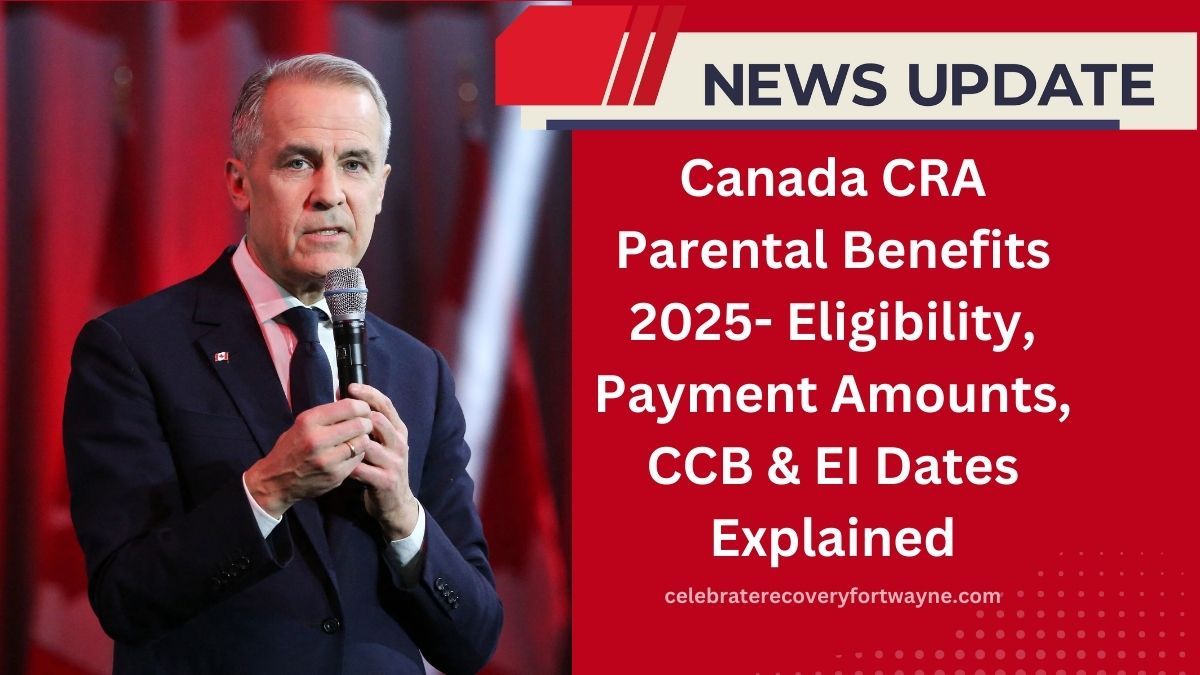In 2025, Canadian parents have access to financial support through Employment Insurance (EI) maternity and parental benefits, as well as the Canada Child Benefit (CCB). Understanding these benefits is crucial for effective family financial planning.
EI Maternity and Parental Benefits
EI maternity and parental benefits provide temporary income support to parents during periods they are away from work due to pregnancy, childbirth, or adoption.
Eligibility Criteria:
- Employment Status: Must be employed in insurable employment.
- Insurable Hours: Accumulated at least 600 hours of insurable employment in the 52 weeks preceding the claim or since the last claim, whichever is shorter.
- Earnings Reduction: Regular weekly earnings have decreased by more than 40% due to maternity or parental leave.
Benefit Details:
| Benefit Type | Benefit Rate | Duration | Additional Notes |
|---|---|---|---|
| Maternity Benefits | 55% of average weekly earnings, up to $695/week | Up to 15 weeks | Available to individuals who are pregnant or have recently given birth. Cannot be shared between parents. |
| Standard Parental Benefits | 55% of average weekly earnings, up to $695/week | Up to 40 weeks (one parent cannot receive more than 35 weeks) | For parents caring for a newborn or newly adopted child. Can be shared between parents. |
| Extended Parental Benefits | 33% of average weekly earnings, up to $417/week | Up to 69 weeks (one parent cannot receive more than 61 weeks) | Offers a longer duration with a lower weekly benefit. Can be shared between parents. |
Application Process:
- Timing: Apply as soon as you stop working.
- Method: Submit an application online through Service Canada.
- Documentation: Provide a Record of Employment (ROE) and other required information.
- Benefit Selection: Choose between standard or extended parental benefits when applying.
Canada Child Benefit (CCB)
The CCB is a tax-free monthly payment to assist eligible families with the cost of raising children under 18 years of age.
Eligibility Criteria:
- Residency: Must be a Canadian resident for tax purposes.
- Primary Caregiver: Must be the primary caregiver of the child.
- Legal Status: Must meet legal status requirements, such as being a citizen or permanent resident.
Benefit Amounts (July 2024 – June 2025):
- Children under 6 years: Up to $7,787 annually per child (approximately $648.91 monthly).
- Children aged 6 to 17 years: Up to $6,570 annually per child (approximately $547.50 monthly).
Note: Benefit amounts are income-tested and may be reduced based on adjusted family net income exceeding $36,500.
CCB Payment Dates for 2025:
- January 20
- February 20
- March 20
- April 17
- May 20
- June 20
- July 18
- August 20
- September 19
- October 20
- November 20
- December 12
Application Process:
- Online: Apply through the CRA’s My Account portal.
- At Birth Registration: In most provinces, you can apply at the time of your child’s birth registration.
- By Mail: Complete and mail Form RC66, Canada Child Benefits Application.
Additional Tips for Parents:
- Tax Filing: Ensure both parents file annual tax returns to maintain benefit eligibility.
- Direct Deposit: Register for direct deposit to receive payments promptly.
- Stay Informed: Regularly check for updates on benefit amounts and eligibility criteria.
Understanding and utilizing these benefits can significantly ease the financial responsibilities of raising a child in Canada.
Staying informed about eligibility requirements, benefit amounts, and application procedures ensures that families receive the support they need during these pivotal times.
FAQs
Can both parents receive EI parental benefits simultaneously?
Yes, parents can share EI parental benefits, either simultaneously or consecutively, but the combined weeks cannot exceed the maximum allowed for the chosen benefit type.
Are EI maternity and parental benefits taxable?
Yes, these benefits are considered taxable income.
What should be done if a CCB payment is missed?
If a CCB payment is not received on the scheduled date, wait five business days before contacting the CRA for assistance.
